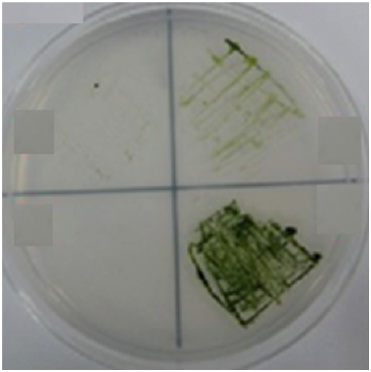What would happen if organelle replication did not occur
Assignment- Application
You are responsible for creating your own answers. I have given you the information you need in previous lectures (from what I wrote on the board) for you to answer the questions. Also, some of these concepts should have been discussed in the Bio 111 and Bio 112 courses you completed. It will be up to you to figure this out. I will be happy to clarify what I am asking you, but I will not help in answering the questions.
The purpose of this assignment is to begin to have you think differently. Meaning this is not an assignment that will have you regurgitate information. I want you to apply what you have learned in your previous classes, and what I have discussed in lecture.
1. Are C. elegans, and C. reinhardtii prokaryotic, or eukaryotic? Which organism is photosynthetic?
2. How many genomes doC. elegans and C. reinhardtii contain? (Clue: what organelles within each of these organisms have their own DNA?)
3. Is the DNA circular, or linear in the genomesfound from C.elegans and C. reinhardtii?
4. Based on what you have learned from the cell cycle, how many copies (give an estimate; you can state 1, more than 1, or many) of DNA found in these organelles from C. elegans and C. reinhardtii would there be? Justify your answer using your knowledge of the cell cycle.
5. What would happen if organelle replication did not occur for C. reinhardtii? When answering this question think about the purpose/function of each organelle, and include this in your answer. Note: I am not looking for elaborate answers. This is a simple question.
6. C. reinhardtii has a nuclear gene, tba1, which encodes a protein needed for the translation of psbA mRNA in the chloroplast. The psbA mRNA translated results in the production of the D1 protein (one of the core proteins of photosystem II). Scenarios listed in a-c below. Below is a picture of a quadrant streak of C. reinhardtii cells that you will label, as to which belongs to the corresponding sample (sample 1, sample 2, sample 3). Also include an explanation on your reasoning to why you selected the quadrant with growth or no growth. Include in your explanation on a reason photosystem II is important (I need a simple answer).
a. Sample 1- the psbA gene is on chromosome 2. During S phase, a spontaneous mutation (change in the nucleotide sequence of a gene) occurs in one copy of the psbA gene.
b. Sample 2- the psbA gene is on chromosome 2. During S phase, a spontaneous mutation (change in the nucleotide sequence of a gene) occurs in both copies of the psbA gene.
c. Sample 3- the psbA gene is on chromosome 2. During S phase, no mutations occur in either copy of the psbA gene.

